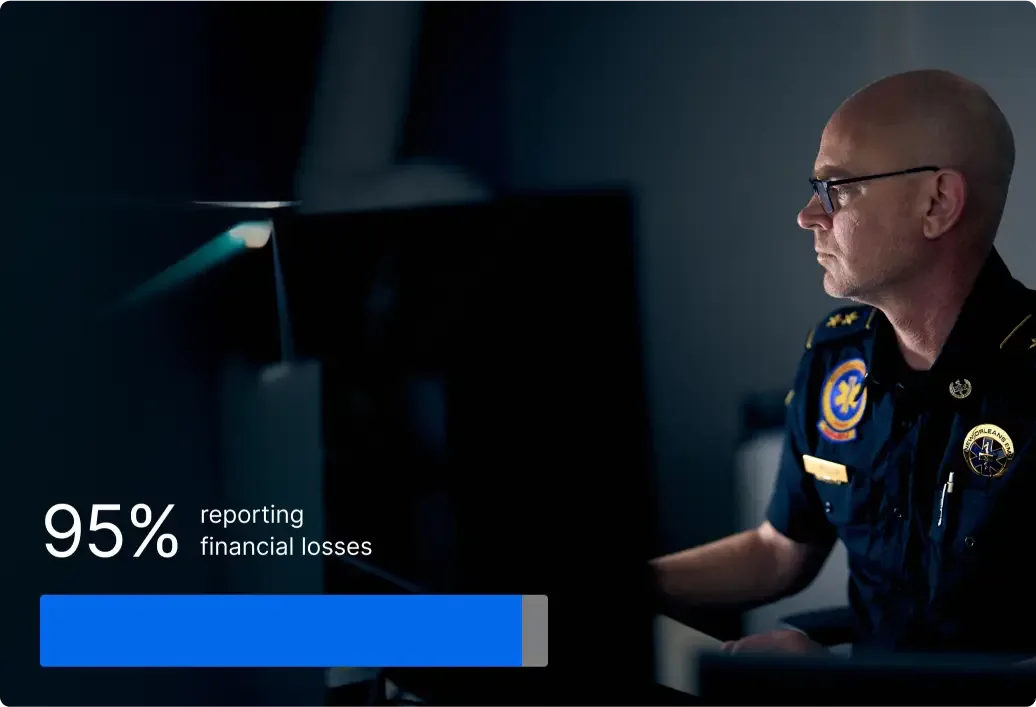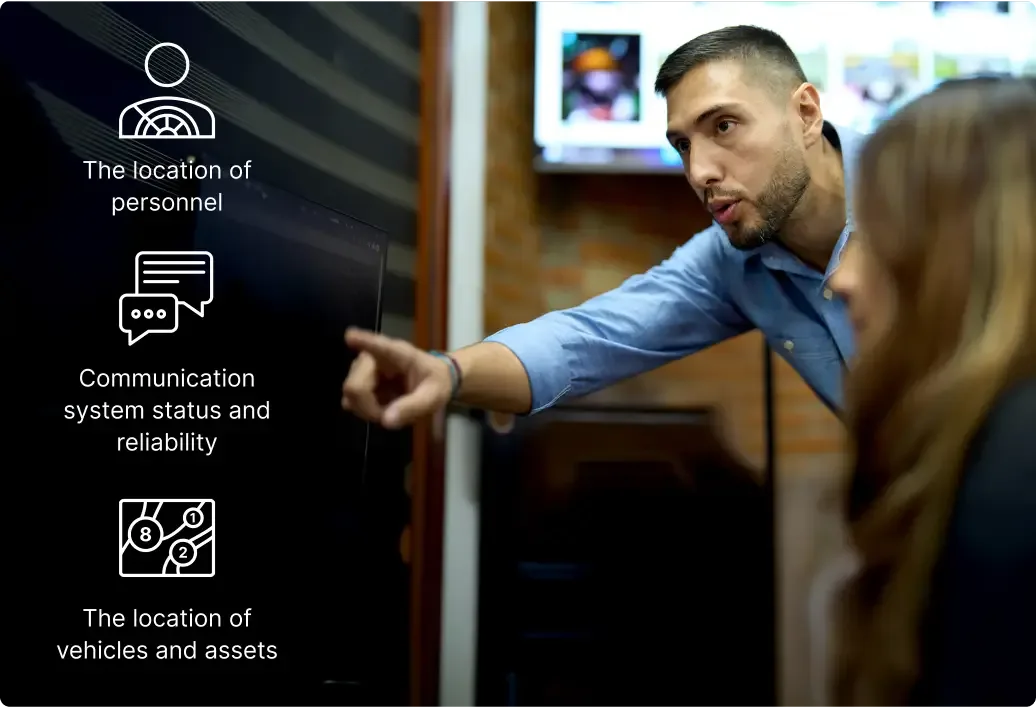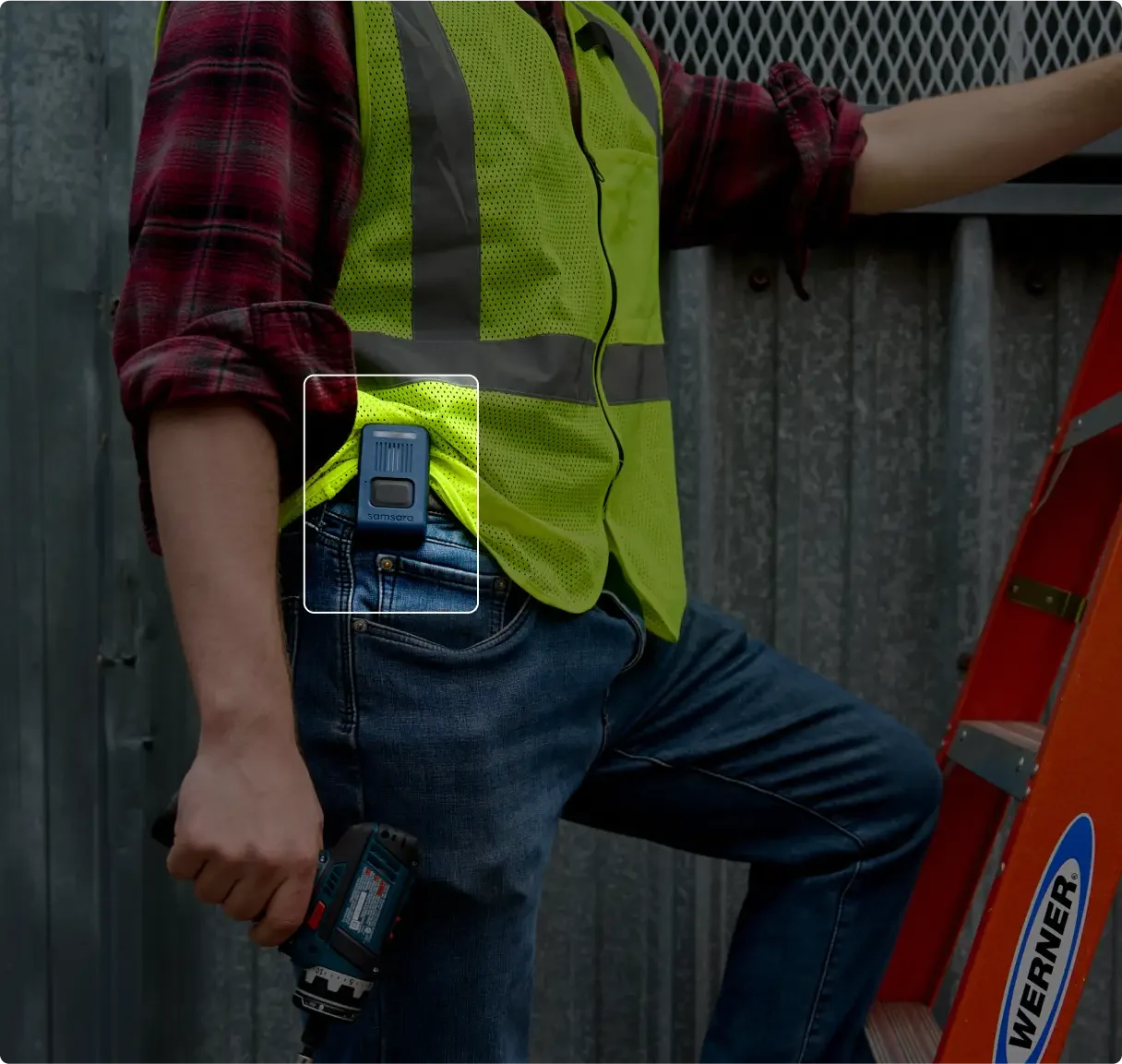Disaster Preparedness
in Physical Operations
Natural disasters, supply chain disruptions, and more—crises are escalating. Discover how your peers are using fleet management technology and data to remain prepared, agile, and resilient.
Download the reportCrisis preparedness by region
46% Could be more prepared
24% As prepared as can be
30% Not prepared at all

Lack of access to real-time data is translating to significant financial losses for organizations
95% of global leaders report experiencing financial losses due to the inability to locate critical assets during a crisis or emergency—72% describe those losses as moderate to severe.

The remedy is clear: Leaders need better visibility during a crisis
Nearly half of leaders say knowing where their teams and tools are during a crisis—and being able to communicate that information—is most important for fast decision-making during an emergency.

How is technology currently improving disaster preparedness?
1. Wearable technology
Wearable technology provides faster, more accurate data on frontline workers and essential assets before, during, and after a crisis.
2. Incident management or dispatch systems
A central disaster response system helps agencies work together faster in a disaster—when every second counts—and provides a clear view into where personnel, assets, and resources are needed most.
3. Live operational dashboards and sensor-based alerts
Live dashboards and alerts provide real-time data for early warnings, timely alerts, and clear public communication; this constant flow of information allows for faster and more accurate analysis.



